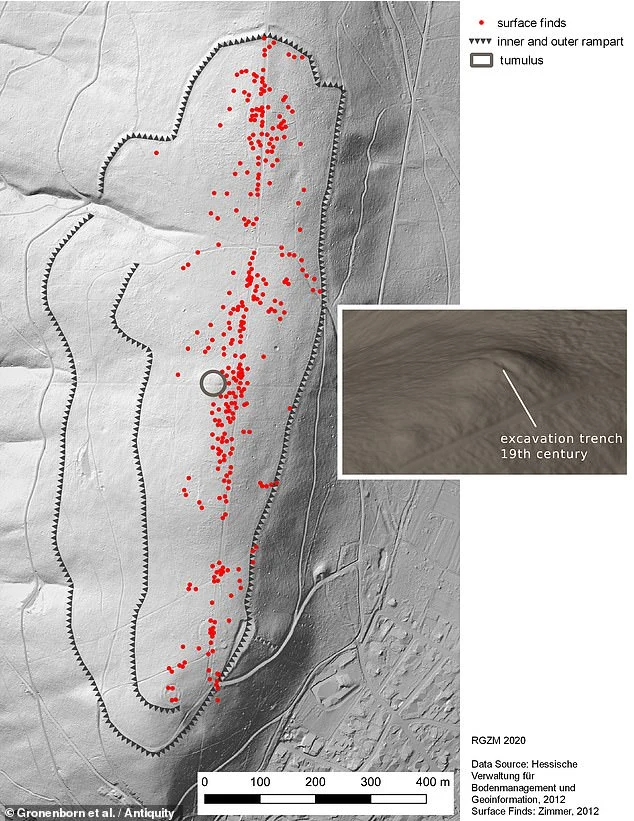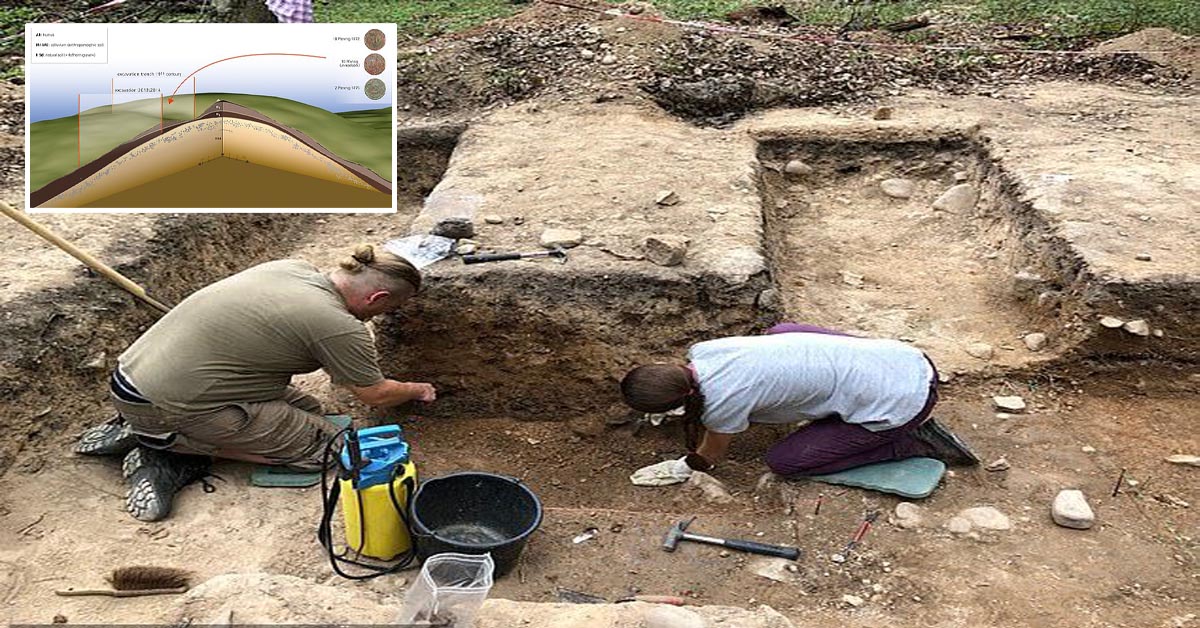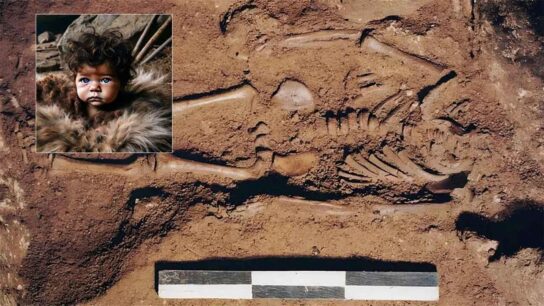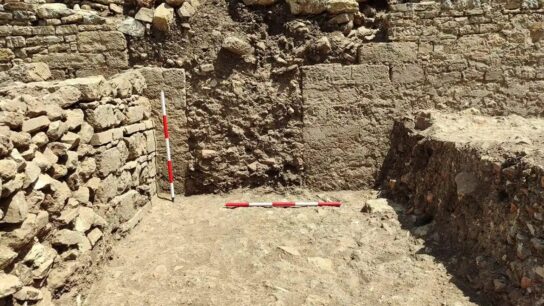6000-Year-Old German Burial Chamber Destroys Egalitarian Ideologies
Valuable stone axes found at a 6,000-year old hilltop burial site in Germany have suggest Neolithic societies were not as egalitarian as once thought, experts said.
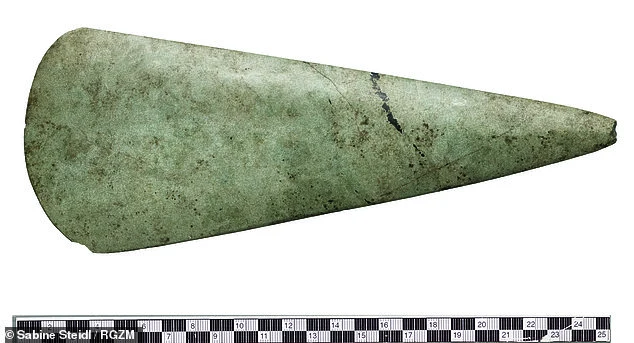

The two weapons were found at the Hofheim-Kapellenberg site 140 years ago, but have only just been connected with the recently-discovered burial mound.
Their connection to the burial mound indicates they came from a society in which elites were able to amass wealth.
The hilltop enclosure of Hofheim-Kapellenberg — one of the best-preserved above-ground sites remaining from the Neolithic — features an entire rampart system and was first studied in the late 19th Century.
Excavations in the enclosure had previously revealed evidence of a village — likely of around 900 inhabitants — that dated back to around 3750–3650 BC.


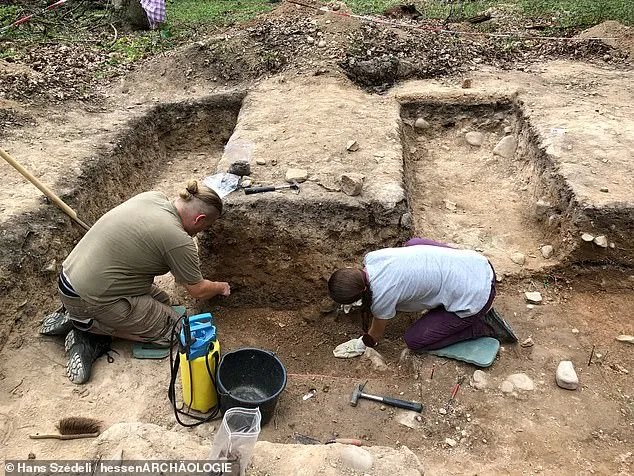
However, recent digs unearthed a 295 feet (90 metre) -wide burial mound that is thought to predate the village — hailing back from around 4500–3750 BC.
Experts led by archaeologist Detlef Gronenborn of the Römisch-Germanisches Zentralmuseum in Mainz have now linked to the mound two valuable stone axes that had been excavated from the area back in the 1880s.
One of the pair of weapons was made out of the green ornamental mineral jade — which must have been sourced hundreds of kilometres away, in the western Alps.
The presence of the grand axes and burial mound are indicative of members of an elite class — one capable of amassing the wealth and influence needed to construct such a monument.
‘The Kapellenberg tumulus indicates that a socio-political hierarchisation process linked to the emergence of high-ranking elites […] had extended into western Central Europe,’ the researchers wrote in the paper.
According to the researchers, similar burial mounds from this time period can also be found in Brittany, in the Carnac region.
This, they explained, could indicate that social hierarchies spread across Europe during the Neolithic period.
It is not known, however, whether this was a consequence of conquests, migration, cultural interactions — or even mere coincidence.
The full findings of the study were published in the journal Antiquity.
